Older people still remember seeing, from the cliffs, beaches and even fields of Aljezur, the air or sea battles between German and Allied planes and ships during World War II.
Officially, Portugal did not participate in the war, since the official position of the government at the time, presided over by Salazar, was neutrality. But the war arrived here and the western tip of the Algarve and the country experienced it very intensely.
It was to remember one of these episodes, which took place 80 years ago, on July 9, 1943, that researcher José Augusto Rodrigues launched, in 2004, the first edition of the book «The Battle of Aljezur». Now it was the turn to present the 5th edition of the work, which, over the years and as a result of in-depth investigations, went from the original 150 pages to the current 280.
For the first time, the book is launched through a publisher, Âncora, after having been the responsibility of the Parish Council of Aljezur for the four previous editions. A change that will allow, for example, for the book to be available both in bookstores across the country and on the site of the publisher Âncora.
But what episode are you talking about? The case of the German plane Focke-Wulf 200 C-4 Condor that crashed on top of the cliff on the coast of Aljezur, near Ponta da Atalaia, after being hit by shots from British planes that were escorting an Allied naval convoy. All seven of Focke-Wulf's crew were killed.
The bodies of the deceased German aviators were collected by the authorities of Aljezur, having been buried in the village cemetery, after a funeral with pomp and circumstance. Portugal was officially neutral…but not really.
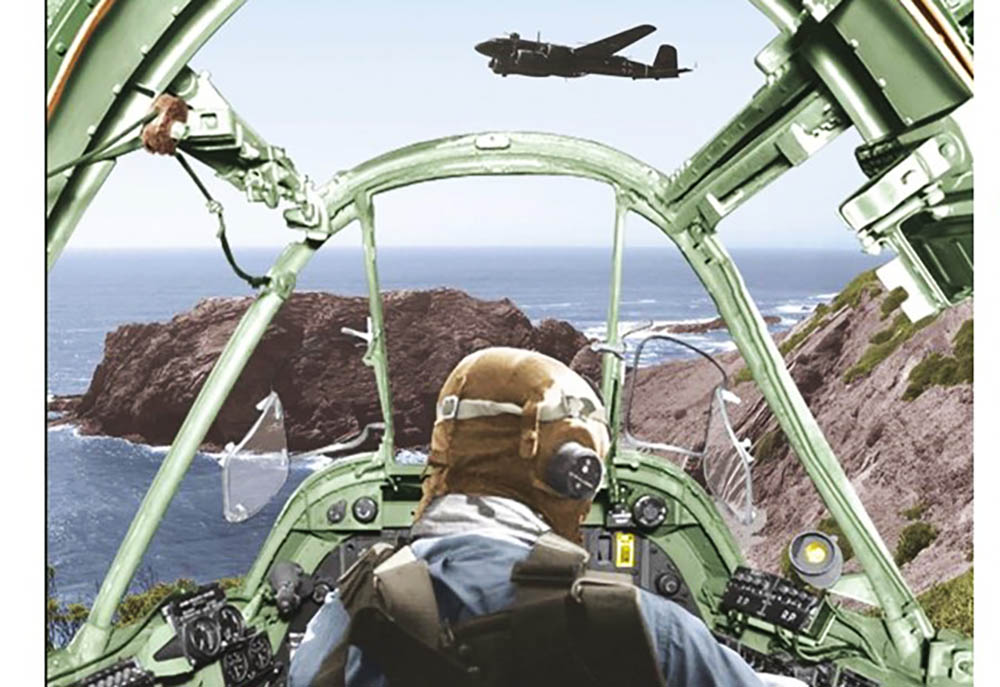
All the details of this case are told in the book «The Battle of Aljezur», using testimonials, period documents, contemporary photographs. But there are still other stories, such as the North American Airacobra P-400 fighter, piloted by First Lieutenant Richard Savoy, who had to land in an emergency near Rogil, also in the municipality of Aljezur, in June 1943.
Or even the espionage stories, the most famous being that of the head of the farol from Cabo de São Vicente, who, equipped with a radio provided by the Germans, spied on their behalf, communicating to them the movements of Allied ships that passed through there, in what was (and is) one of the busiest and most strategic sea routes in the world.
By the way, would this have been faroA spy warns the Germans of the passage of a convoy of ships that the Focke-Wulf will later try to sink with the three planes of its combat squadron.
There is also the story of the Consolidated Catalina, an English seaplane, which almost crashed over Sagres and ended up exploding over the sea, in Tonel bay. Of its crew, only two bodies were recovered and are still buried in the Sagres cemetery: RAF (Royal Air Force) sergeants Gilbert Orton and George Gibson.
In the presentation of the 5th edition of the book, at the headquarters of the Parish Council of Aljezur, the author José Augusto Rodrigues mentioned the presence, among the public that filled the room, of Colonel António Novais Henrique and Ernesto Silva, who «watched, when they were children, the combats off the coast of Aljezur». It was like «watching the war live», recalled Ernesto Silva, in conversation with the Sul Informação.
Incidentally, it was this witness's grandfather, Corporal Vitorino Cuco, commander of the Fiscal Guard of Aljezur, who coordinated the collection of the bodies of the German airmen killed in the Focke-Wulf crash at the tip of Atalaia. For this sad task, which he carried out with dignity, Vitorino Cuco became one of the four people from Aljezur who the German government awarded, in December 1943, with the Cross of Merit of the Order of the German Eagle.
This story is also told in the book by José Augusto Rodrigues.
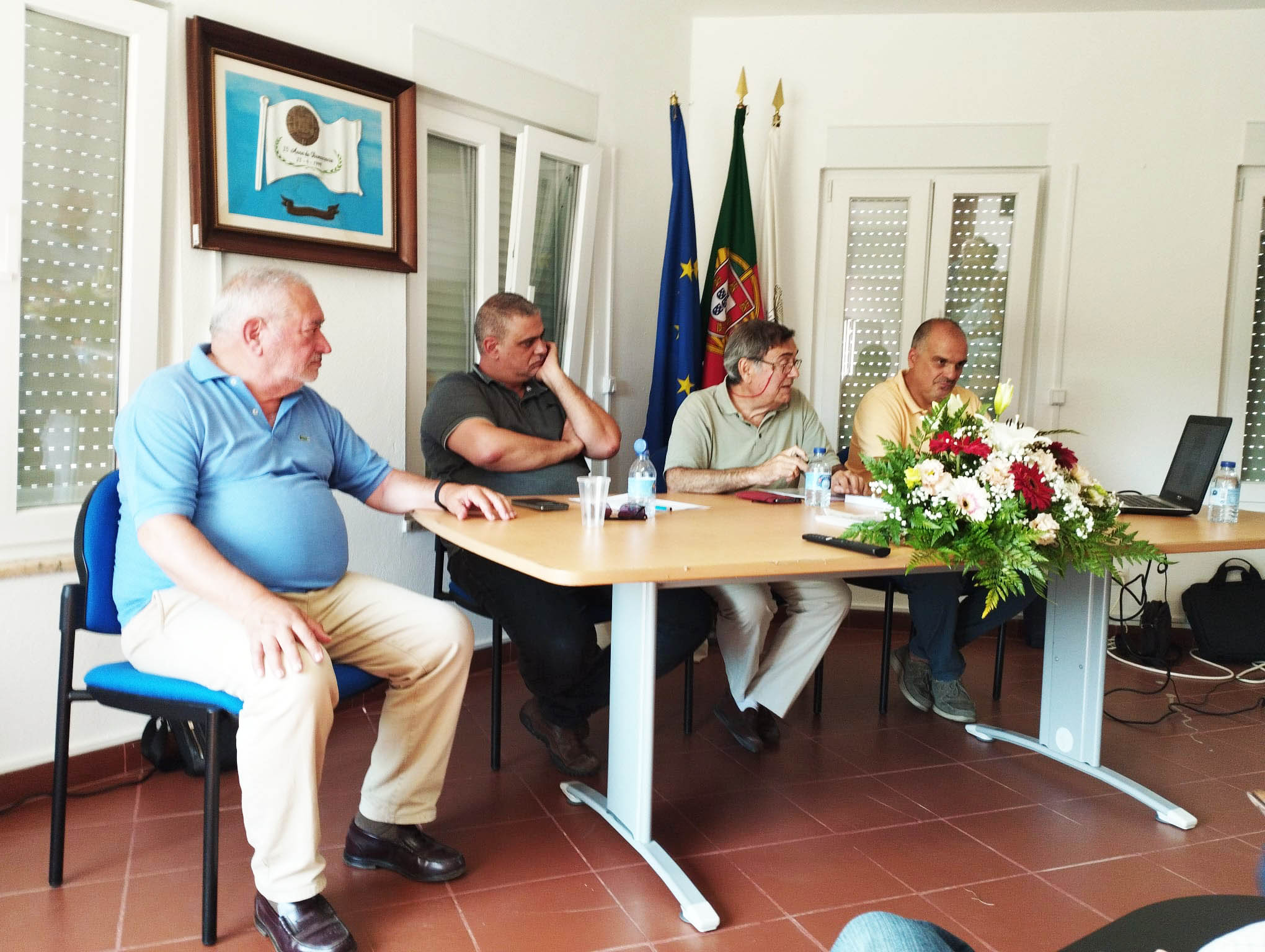
Before the launch session of the work, a conference had taken place by two specialists in the occurrences that took place in Portugal but linked to the First and Second World Wars: the sea-and-war captain and professor at the Naval School Augusto Alves Salgado and Carlos Guerreiro, journalist, blogger and writer, author of the book and blog «land in portugal».
Both gave a vision of what happened in the Portuguese sea (or over it) and which, so often, ended up having repercussions on land: naval and air combat, sinking of ships by submarines and German planes.
Augusto Alves Salgado, who investigates the First World War, stressed that what interests him most is «the human part, the history of the people who were involved in this».
And he revealed that, even after years and years of investigation, new details are still appearing. In 2017, when his research on the sinking by a German submarine, on the same day in 1917, of four Allied ships, «the granddaughter of a gentleman appeared in the session who was riding the tug Galgo», one of the few and poorly armed Portuguese vessels that patrolled the Algarve coast during the First World War.
For his part, Carlos Guerreiro, from the Algarve, who has lived in Lisbon for years, where he did a master's degree on shipwrecked people saved on the Portuguese coast during World War II, author of the book «Aterrem em Portugal», which Alves Salgado pointed out as «the bible of all these events along our coast», recalled that, as early as 1941, there began to be cases of planes crashing in the Algarve. «They were mainly planes in transit», between France or England and bases in the Mediterranean or North Africa.
The researcher recalled that «almost all of those foreign aviators who passed through here have a cool memory of Portugal: the food and drink».
Carlos Guerreiro added that the period from May to July 1943 was «very hot in this area of the coast», with numerous sinkings of Allied ships, by submarines or German planes.
It was during this period, on the 30th of May 1943, that one of the strangest episodes took place: British bombs fell on land and killed two cows in Vila do Bispo. The owner of the animals complains and, months later, is compensated by the British.
It is also during this «very hot» period that the Focke-Wulf crashes off the coast of Aljezur, with the consequent death of its seven crew members.
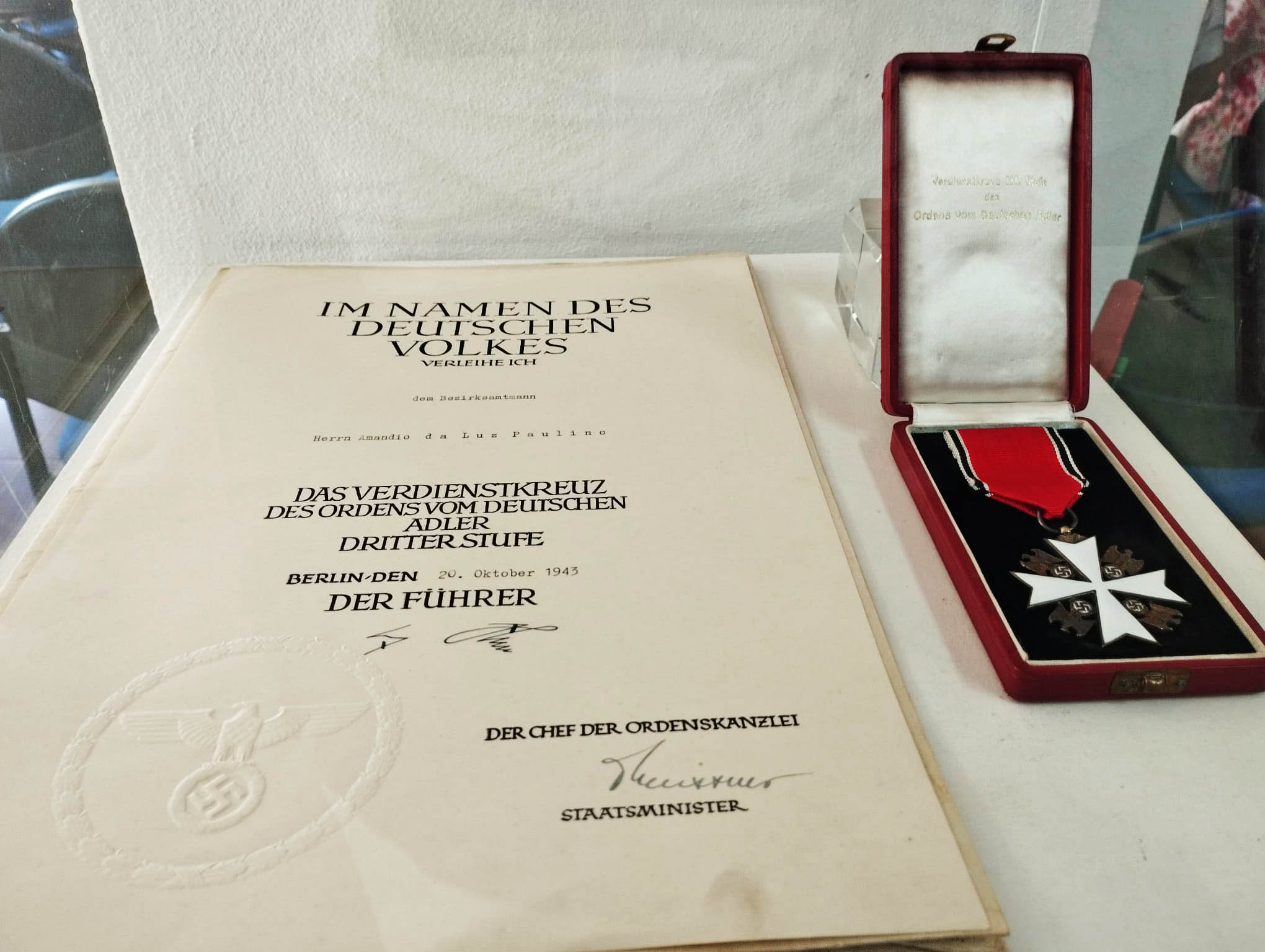
José Augusto Rodrigues, author of the book dedicated mainly to this episode, admits that calling what happened on July 9, 1943 a «battle» might be an exaggeration. But this creative freedom does not overshadow the collection and research work he has been doing for the past 20 years, he who was even born on July 9, 1950, that is, precisely seven years after the German plane crashed.
In addition to the conference and the launch of the 5th edition of the book, the 80th anniversary of the crash of the German plane was also marked with an exhibition, which presents, for example, parts and fragments of the aircraft, collected in the Ponta da Atalaia area. These testimonies are now in the custody of the Association for the Defense of the Historical and Archaeological Heritage of Aljezur (ADPHAA), but which can be seen in the atrium of the Parish Council.
The program also included, on the following day, a visit to the cemeteries of Aljezur and Sagres, where German and English aviators are buried, respectively.
The purpose of the celebrations was to mark a sad episode of World War II that had a lot of repercussions in Aljezur 80 years ago and that still lingers in the memory of the local people.
«We are not here to idolize any regime or ideology, just remembering what happened 80 years ago», underlined José Maria Rosa, president of ADPHAA.
Or, as José Gonçalves, mayor of Aljezur, also present at the session, said: «the past is not forgotten, it is told, it is remembered. It is good that the memory exists, with the due historical framework. There are principles that should not be forgotten and one of them is humanitarian, supporting those who die in war. This is a very important gesture that took place here in Aljezur 80 years ago».
António Baptista Lopes, editor of Âncora, defended, for his part, that «memory is extremely important», not least because «countries and communities are built over time, from many layers of memory».
In the Algarve, the 5th edition of the book «The Battle of Aljezur» can be purchased at Livraria Internacional/Livros da Ria Formosa, in Lagos, at Elifalma, in Portimão, and, soon, at Bertrand bookstores.
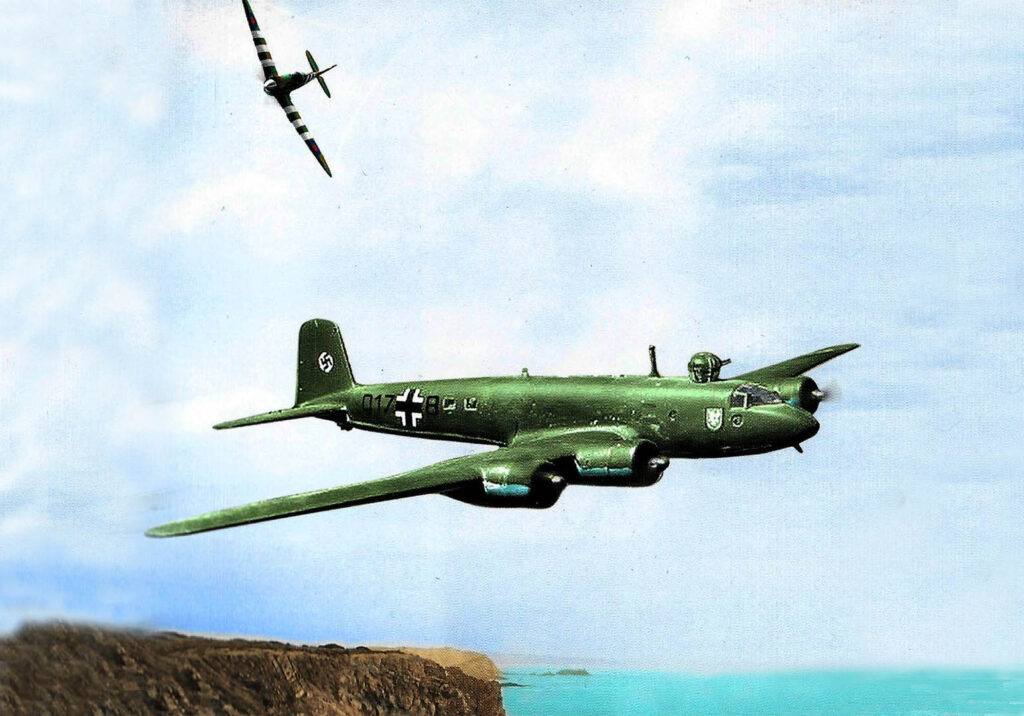
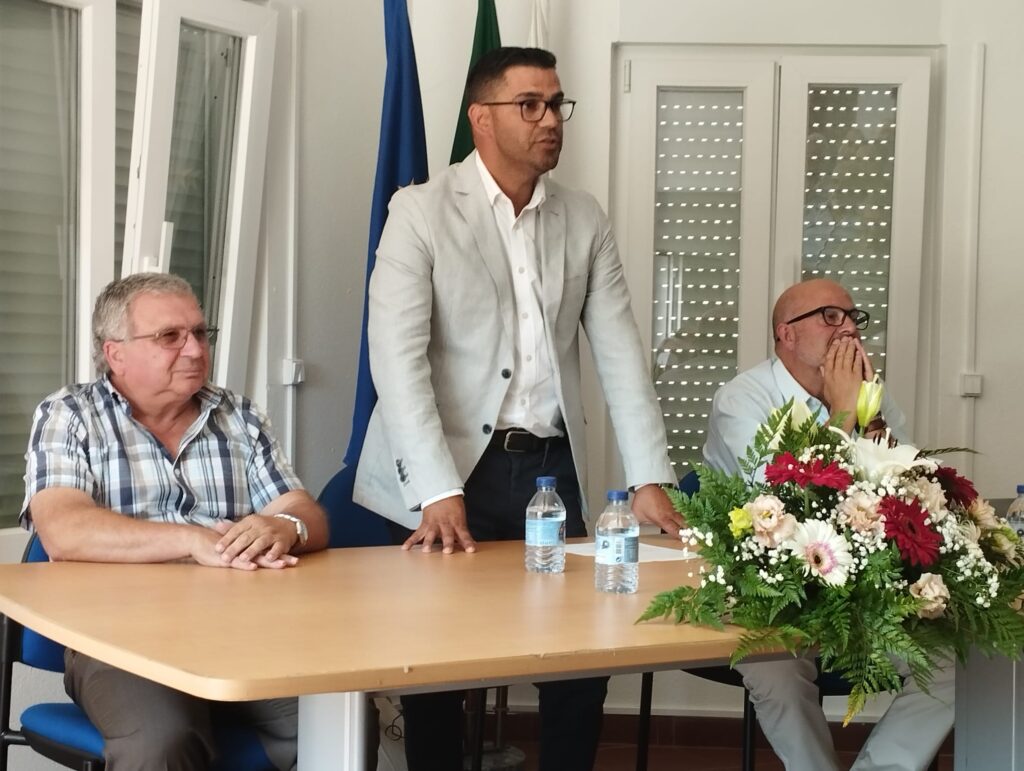
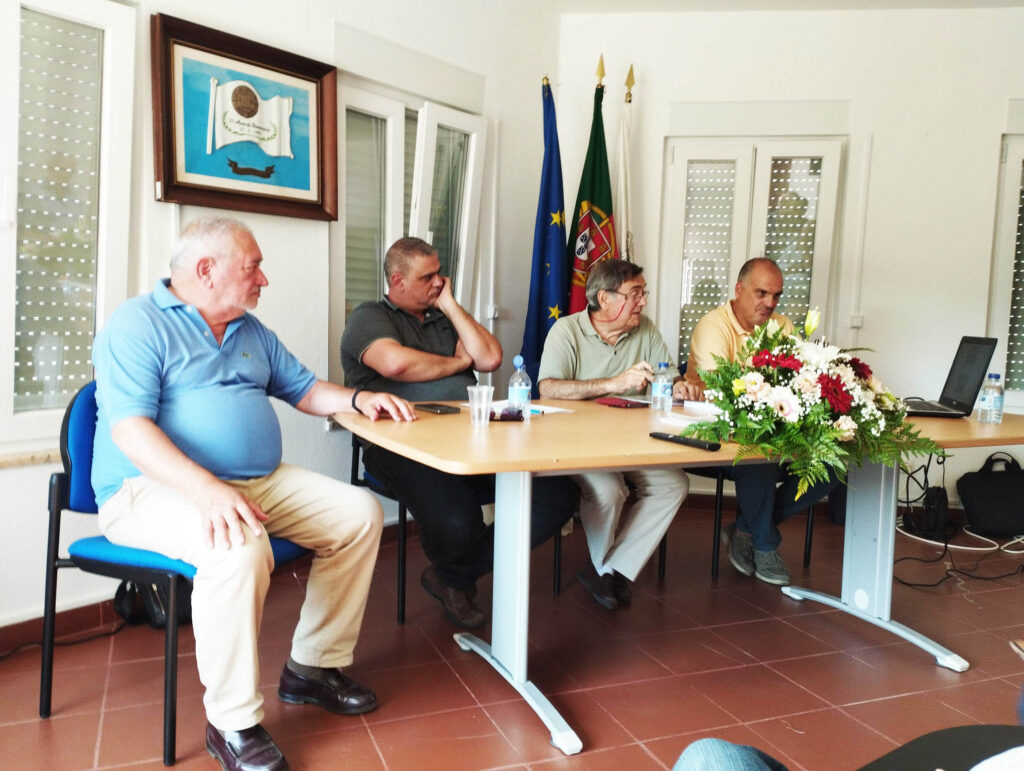
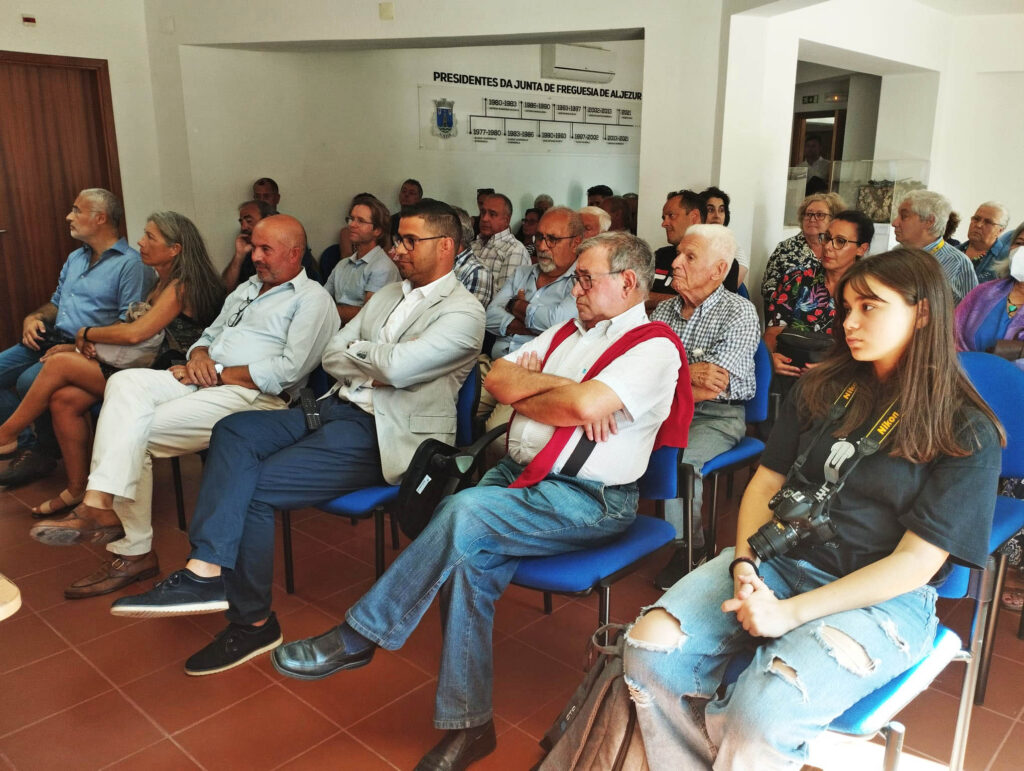
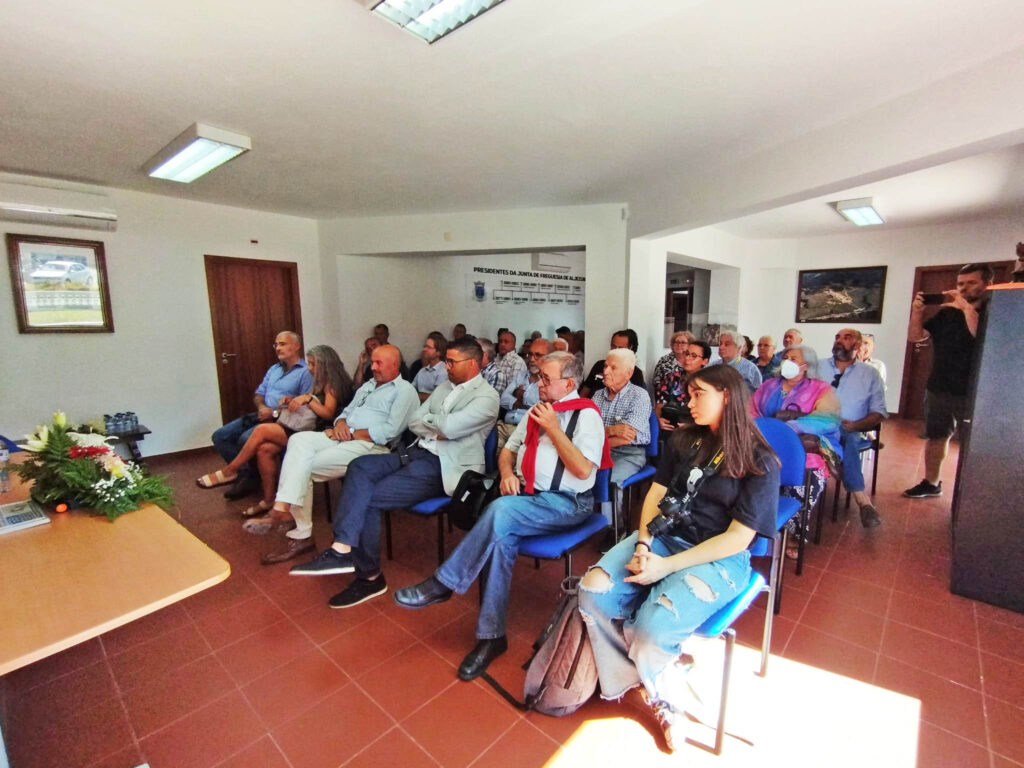
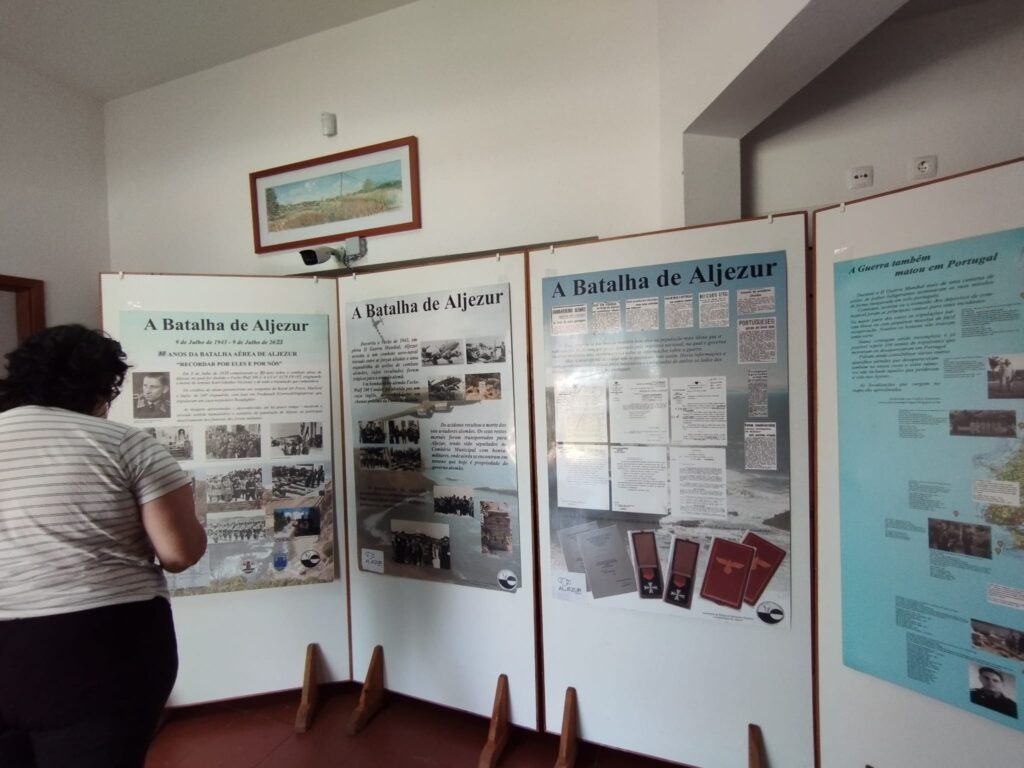
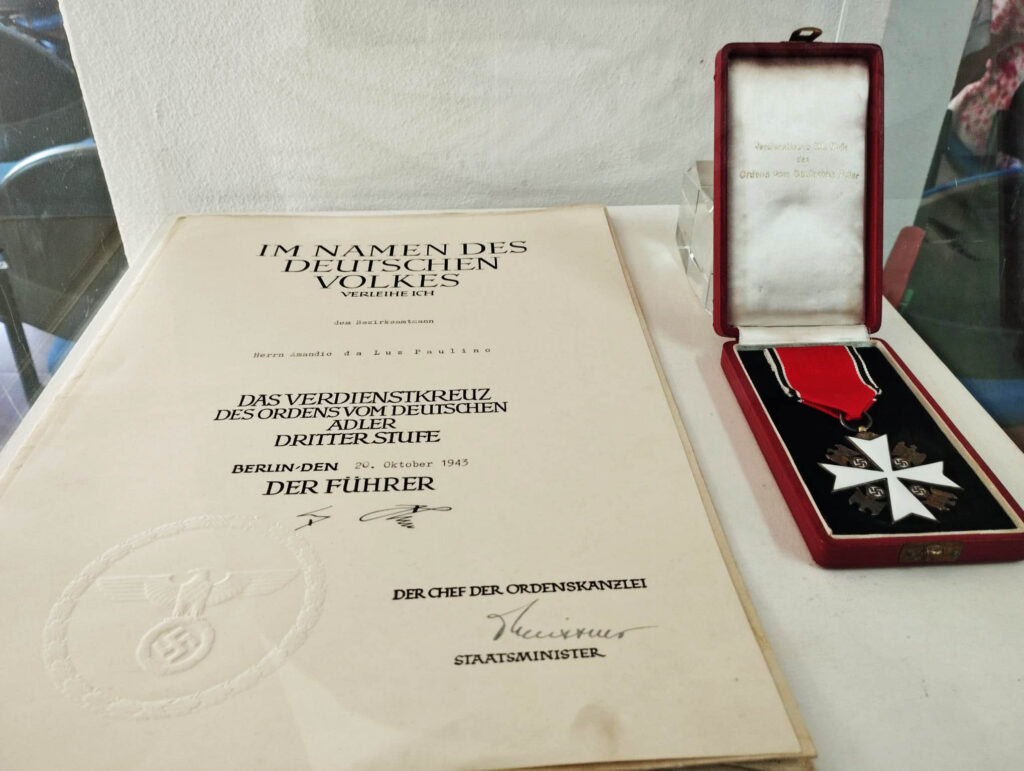
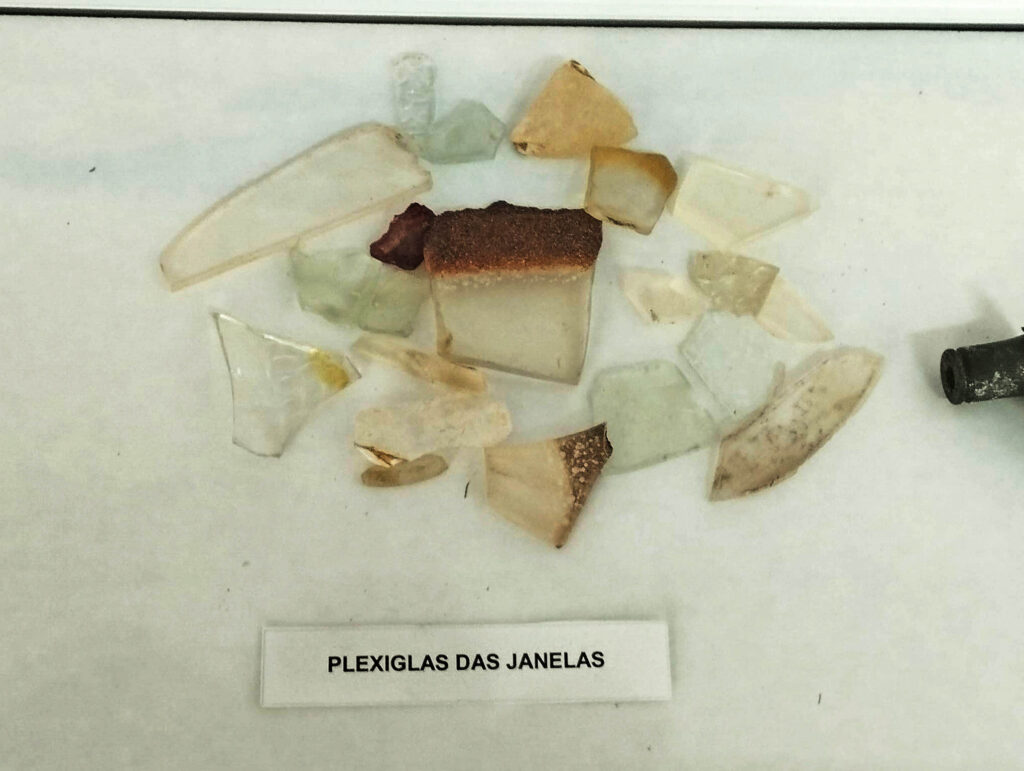
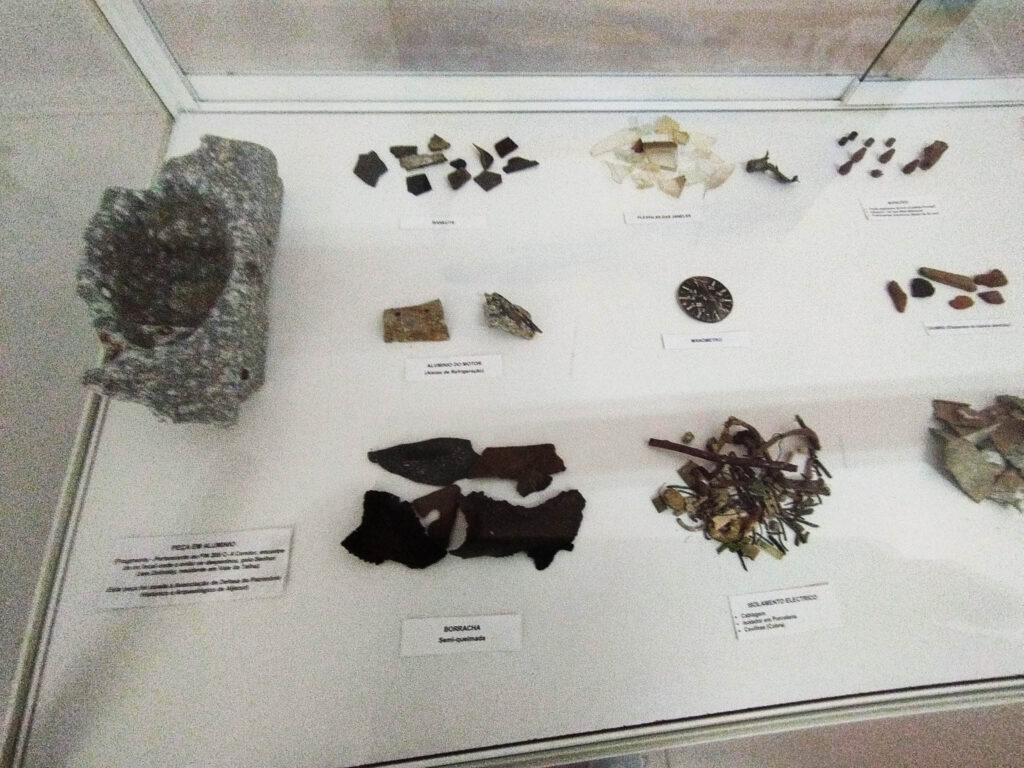
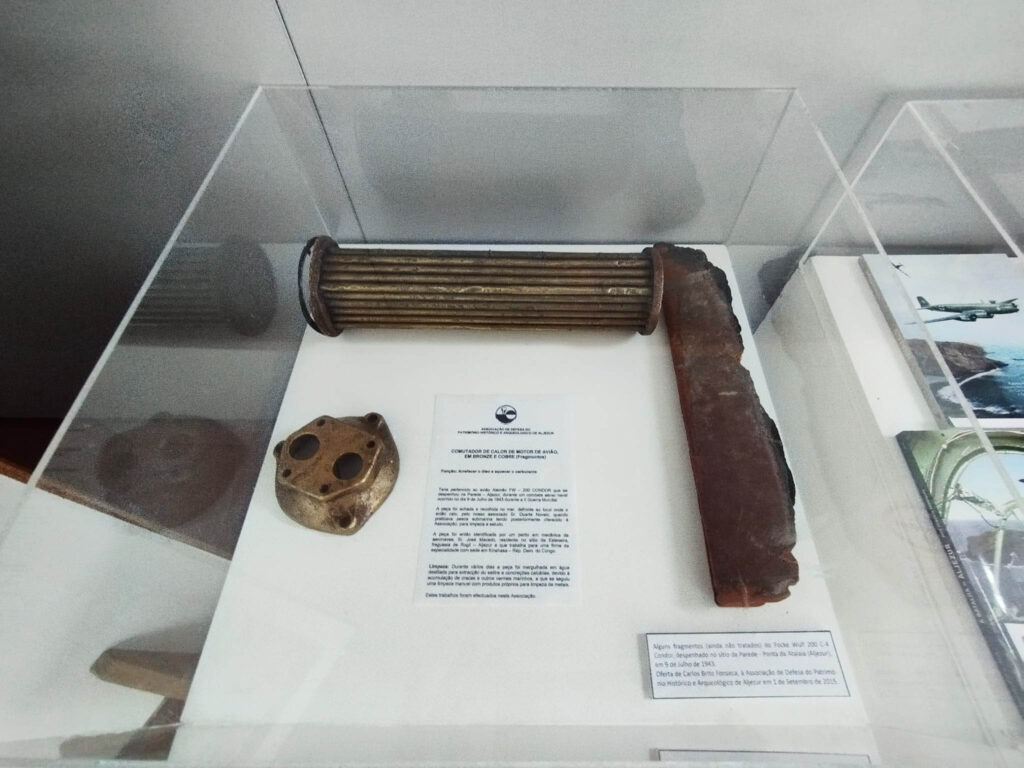

















Comments